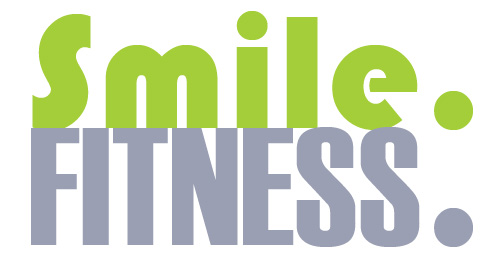I’m inspired to write this because of the number of clients
I’ve helped as a Personal Trainer, who are doing prescribed exercises that may
not be the most efficient at getting them towards their goals. Often the way in
which they are being done becomes largely a waste of time. So I’m going to help
you and give you some ideas to question what you’re doing.
Let’s take the example of a programme supplied by a gym to a
new client 6 months ago because this is common. At the end I’ll sum it all up.
The client hasn’t progressed the workout in reps and weight
- Why not? “Because the trainer told me to do 15 reps x 4 sets of each exercise”.
What about increasing the weight? “Nope, they didn’t say anything about how to
do that”.
Static stretching before exercise - Did the trainer assess
you for the need to do static stretching on specific muscle groups? “Nope”.
Then how do they know that you need to try to increase the ‘length’ of the
structures in between that joint and that joint?
Cardio before a strength workout - Do you end up quite tired
after doing the cardio? “Yes”. Then why?
Exercises for individual muscles i.e. biceps - Do you need
to rehabilitate, pre-habilitate, improve performance in an associated exercise,
address structural balance or body-build a specific area for a comp? “Nope”.
Then why?
A generic cardio session after a specific weights workout –
Why? Didn’t your weights workout tire you out enough?
There are no stand-alone sessions based around the endurance aerobic activity that
is a major goal, distance running, when there is time available for it. – Why?
Simply put, a basic workout should go like this: Total body
non-specific warm-up, pre-habilitation exercises targeted at helping the body move
properly, warm-up with specific movements and increasing intensity geared towards
the primary exercises, primary and other supporting exercises, relative
cool-down and general static stretching.
If you must put in a more aerobic based exercise, generally
you should do it after the main strengthening exercises. There are times when
you would do it before or during other exercises, preferably in a separate session
entirely.
There are many variations and reasons why your programme would be structured in a certain way, it's just important to understand the reason why you're doing it or at least for there to be a supported reason that helps you towards your goals in the most effective and efficient way.
So this client and many others have a really long programme
that can be condensed, chopped, refined, progressed and upgraded. In this case
keeping the number of sessions per week in the gym and more outdoors but
reducing the time by half and increasing the effectiveness many times over.
Win, win.
I hope that this helps you to think more critically and to
give you some ideas about what you’re doing in the gym or at home. Admittedly
it’s not easy giving someone you have just met a full exercise prescription for
the next 6 months in just one hour. I recommend that gym instructors keep it
simple and general then they can spend more time on ensuring that the client
understands how to progress properly, after all without making things harder
over time there will be no improvement in fitness. Gyms also need to give more time to members for support
Next blog article – When to static stretch before exercise.
